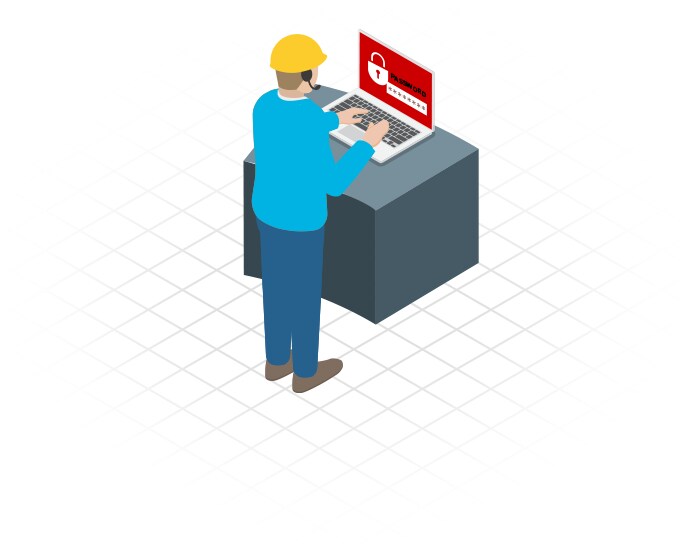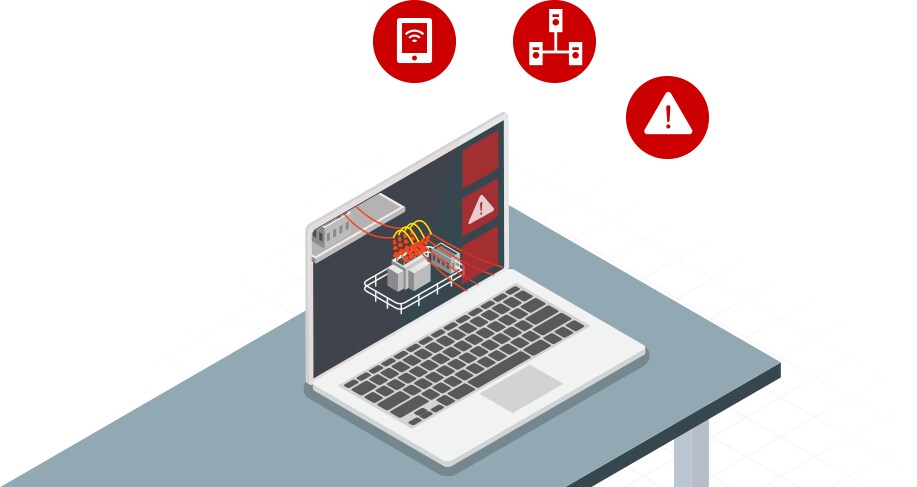Protect SCADA Systems Against Escalating Risk
Identify security gaps to safeguard systems.
Regular risk analysis plus multilayered security can prevent attackers from disrupting your operations. See how through one energy and utility company’s experience.
Identifying the Threat
The Dragonfly cyberespionage group targets a large U.S. utility company, seeking to control equipment interfaces such as circuit breakers, with the ultimate goal of shutting down the flow of electricity.

Dragonfly attempts to access the network via a variety of infection vectors, including phishing emails, watering hole attacks on energy-related websites and Trojanized software. They also target several of the utility company’s ICS equipment providers as part of a supply chain attack.
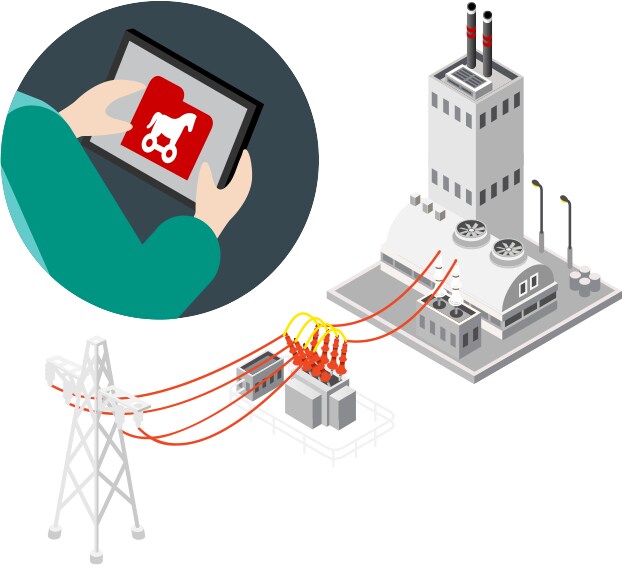
Detecting and Thwarting Attack
The utility company had a multifaceted security approach, which protects every layer of its SCADA system, as well as all endpoint devices. Regularly updated next-gen firewalls, along with gateway anti-virus and intrusion detection and protection systems, identified Dragonfly attacks and stopped them from breaching the network and servers.
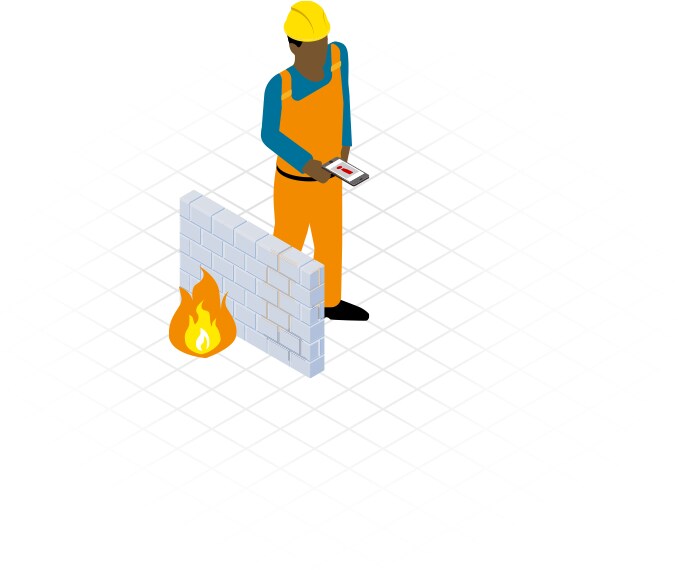
If Dragonfly had managed to penetrate these multiple defenses, the company was also prepared with a comprehensive breach containment strategy that includes a cloud-based security information and event management (SIEM) system to minimize the attack’s impact.
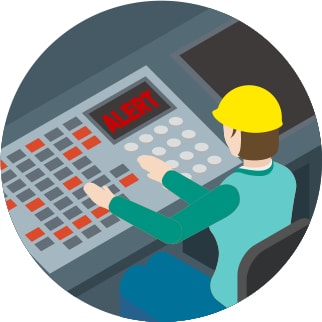
Protect your critical infrastructure with a comprehensive cybersecurity solution.
CDW experts and our partners can help you orchestrate an integrated security strategy that meets the specific needs of your energy and utility company.
Learn how CDW can help you better protect your energy company’s systems.
MKT25380
